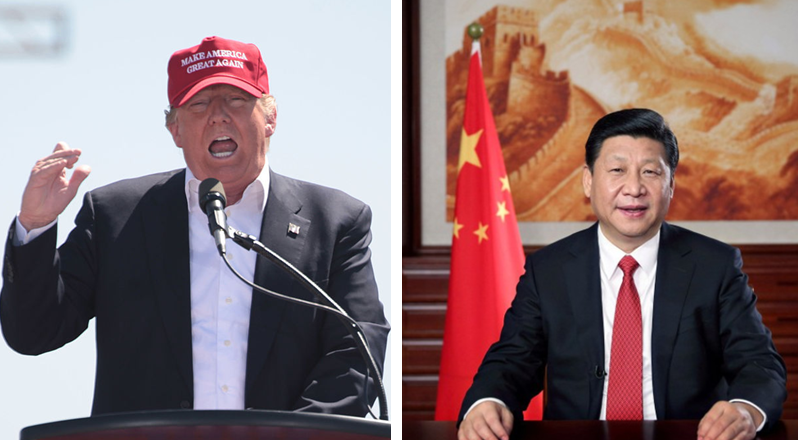A nation must think before it acts.
As Donald J. Trump comes to power as the 45th president of the United States, he and his national security and foreign policy team will face significant challenges in dealing with a now-formidable and recently more assertive China. To a great extent, the problems they will encounter in dealing with China would confront any early twenty-first century US leader and are rooted in long-term developments that are largely beyond the influence of near-term policy choices. To some degree, the challenges are inherited from the Obama administration’s agenda, which is in key respects uncompleted or unsuccessful. In significant part, they have been made more difficult by Trump’s statements and actions, and perceptions of Trump in China and the region. These three-layered contexts shape the options and imperatives for US policy.
Much of what the United States should do to protect its national security and economic interests, promote provision of vital international public goods (from which the United States benefits), and advance principles that have long been major elements of US policy is relatively clear. Whether the Trump administration will follow that course is, at best, uncertain and, in some respects, seems unlikely. Two overarching areas of policy loom large in US relations with China, are highly consequential for East Asia, and, thus, require serious attention. Two polities along China’s periphery that have highly difficult relations with their neighbors and complicated problems of sovereignty loom as potential foci of crises and, thus, additional major concerns for US policy toward China under the new administration.
Continue reading, “Facing China: Policy Challenges for the Trump Administration in East Asia.”




